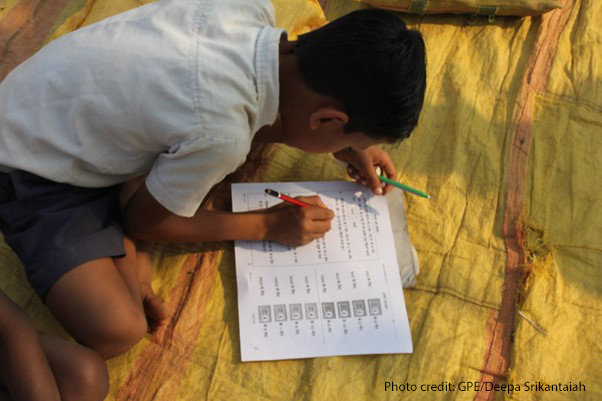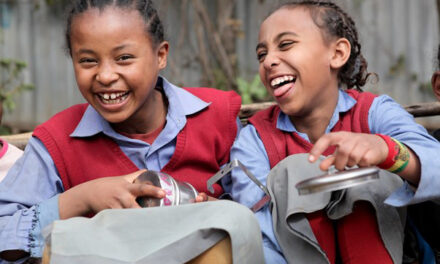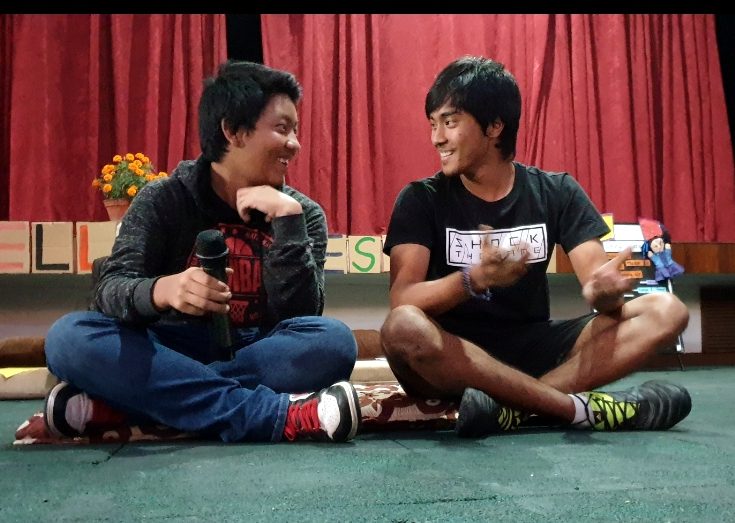This blog was written by Subhasree Sarkar (ASER Centre, India), Suman Bhattacharjea (ASER Centre, India), and Ricardo Sabates (REAL Centre, University of Cambridge, UK).
The Covid-19 pandemic led to the closure of schools and lockdowns in India between 2020 and 2021. For many children, being out of school meant lack of engagement with teachers as well as the inability to receive school meals and some immunisation services. Unfortunately, many children did not return to school once the COVID 19 pandemic was under control, and this is particularly the case for children living in less affluent states. For instance, according to the Unified District Information System for Education, the drop-out rate for primary school in Uttar Pradesh was 3.7% during the academic year 2018-19 and increased to 9.7% during the academic year 2020-21. Similarly, the drop-out rate for secondary schools in this State increased from 11 to 15% during the same academic years.[i]
But what can we learn about the role of parents during school closures and their influence on reducing the likelihood of school dropout? Our ESRC funded project “Accountability from the Grassroots in Uttar Pradesh, India” is based on the premise that children learn best when the most important adults in their lives – parents, teachers, other family and community members – work jointly to motivate and support them. Thus, in a situation where children are not able to attend classes due to school closures and do not have the required tools to attend online classes, parents, siblings and other members living in the household can play a significant role by guiding and supporting them in their studies while they are at home. Thus, parental (family) involvement in their children’s learning has become more critical than ever during this ongoing pandemic, and in light of further shocks which will require periods of learning away from schools. This is one of the main reasons why we are interested in understanding the role of parental involvement in children’s education and the potential for reducing the risk of school dropout.
Our research is based on households surveyed in the rural areas of the district of Sitapur in Uttar Pradesh. Our project involves researches from the ASER Centre, in collaboration with Pratham Education Foundation and the REAL Centre at the University of Cambridge. For our analysis, we used two sets of survey data. First, a baseline survey data conducted between October 2018 and January 2019, which covered around 24,000 students from grades 2-4 from 853 government primary schools in 400 villages in Sitapur district. The second data set comes from a phone survey which included around 8,600 students from the same households covered in the baseline survey. This phone survey was conducted between September and October 2021.
In the baseline survey data, which was collected pre-pandemic, we have indicators that are indicative of the extent and nature of parental involvement in their children’s education. Some of these indicators are parents’ perceptions of whether they think it is their responsibility to get involved in their children’s education. Other indicators reflect the nature of their involvement in their children’s education. With respect to the former, we captured whether parents think it is their responsibility to talk to their child’s teacher or to check the child’s school notebook. During the academic year 2018-19, we find that 21 per cent of parents thought that it was their responsibility to talk to their child’s teacher and about one quarter thought it was their responsibility to check their child’s notebook. Around 33 per cent of parents who agreed with either of these responsibilities also agreed that the other option was their responsibility.
For the indicators on the nature of parents’ involvement with their children’s schooling, we obtained information on whether parents visited schools to discuss textbooks, uniforms or absenteeism of their children prior to the pandemic and whether parents paid for private tuition before and during the pandemic. Before the pandemic, around 34 per cent of parents visited schools to discuss textbooks, uniforms and absenteeism of their children and only 8 per cent paid for private tuition. However, during the pandemic, 22 per cent of parents reported that they paid for private tuition for their children. Thus, we observe a 14-percentage point increase in the children taking paid tuition during the pandemic.
The support provided by parents, siblings, and other members of the household with education during school closures is well documented (Annual Status of Education Report 2020 Wave 1). Yet, we are also interested in analysing the extent to which parental involvement is associated with the likelihood that the child stays in school, measured by a reduction in the probability of dropout. Using our longitudinal study design, we are able to estimate that 9.2 per cent of sampled children who were enrolled in grades 2-4 during the academic year 2018-19 were no longer in education during the academic year 2020-21. As we were unable to track all the participants from our original survey in 2018-19, we know that the current estimate for dropout is lower than the true value. This is due to the fact that we are relying on a subsample of children who were more likely to remain in school after the pandemic. These were the children whose households had mobile phones and could therefore be contacted for the phone survey (and were therefore more likely to have had access to some form of remote teaching-learning materials or processes during school closures).
As expected, children of parents who were involved with the child’s education in either of the ways described above were less likely to drop out from schools. Using perceptions of responsibility, only 6.5 per cent of children of parents who perceived it is their responsibility to talk to the child’s teacher or to check the child’s notebook dropped out from school. This is compared with a drop-out rate of 10 per cent for children of parents who did not perceive these tasks as their responsibility (see Figure 1).
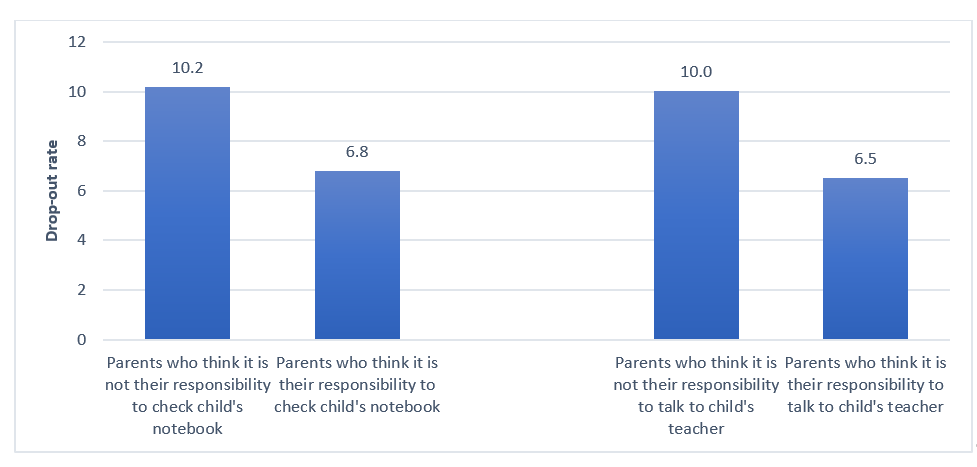
Figure 1: Percentage of school dropouts based on parents’ perception about their responsibility in their child’s study.
Using measures of parental involvement provides a similar picture. Around 6.6 per cent of children whose parents visited the school prior to the pandemic dropped out after schools reopened (compared with about 9.6 per cent of children whose parents did not visit the school). And for parents who actually made a financial sacrifice and paid for private tutoring the drop-out rate was 7 per cent (see Figure 2).
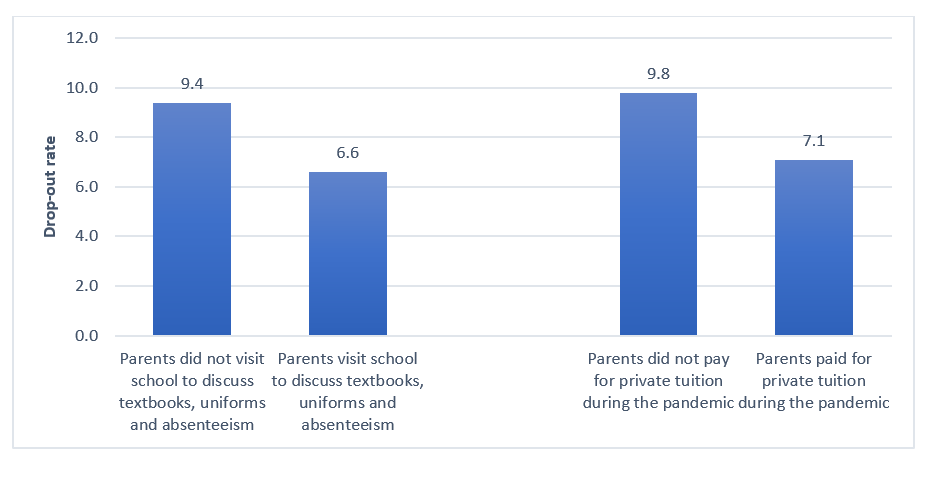
Figure 2: Percentage of school dropouts based on parents’ actual involvement in their child’s study.
Interestingly, the drop-out rate for children whose parents perceived that they had the responsibility to both talk to the teacher as well as to check the child’s notebooks was substantially lower at 4.8 per cent. For children whose parents reported visiting the school prior to lockdown, in addition to having both these responsibilities, the drop-out rate was even lower at 4.5 per cent. This provides support to the fact that many parents not only think it is their responsibility to be involved in children’s education, but also tend to be actively involved at home and at school in supporting their children. In these cases, we found that the drop-out rate from school is the lowest in our sample.
Conclusion
Parents play an important role in supporting their children’s education, whether it is by direct support at home, visiting the school, working within the community or even paying external private support. Parents who are involved in their child’s education are likely to help reduce the risk faced by many children of leaving school without obtaining academic skills or qualifications. Parents play a key role in enhancing school experiences, and yet, only one quarter of parents in our sample were involved in their children’s educational activities at home.
[i] There is no consistent data that drop-out rates increased in all states in India according to DISE. Yet, dropout increased in Uttar Pradesh, which is the context in which we focus our investigation.

